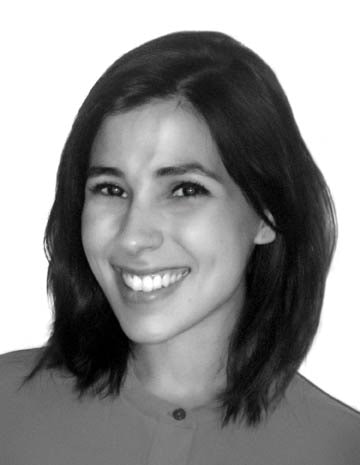
Defining natural has been an evolving topic both in our industry and the world at large. According to an article from researchers at the University of California at Berkeleya, the definition of science given in 2005 by the Kansas State Board of Education was a polarizing debate in schools, in terms of what it meant to study the natural world.
Back then, science was defined by the board as “the human activity of seeking natural explanation for what we observe in the world around us.” In 2007, the definition—which is nearly identical to the Oxfordb dictionary definition—shifted to “a systematic method of continuing investigation that uses observation, hypothesis testing, measurement, experimentation, logical argument and theory-building to lead to more adequate explanations of natural phenomena.” Clearly, the definition has evolved into a more refined one.
An Evolving Definition
This got me to thinking about the current challenge in F&F to define natural. Now more than ever, consumers are looking at labels with an eagle eye for natural ingredients. The U.S. Food and Drug Administration (FDA) is still sifting through hundreds of public comments to reach a decision on what to call natural. In Europe, regulations by the European Flavor Association (EFFA) are investing in communication strategies with a wider public audience regarding flavors via the internet, the flavor process and the professionals involved in flavor development (page 10); and natural ingredients are a major influence behind the discussion.
There’s a lot at stake to coming up with the magic definition. Another article from Berkeleyc refers to natural as any element of the physical universe; including energy, matter, the forces that act on matter, biological constituents, humans, human society and the products of society. That’s a lot of common ground to cover, no?
In research, quality control continues to push boundaries to understand the naturalness of a material (page 22). It appears that multiple levels of testing scan a broader spectrum to help identify the relevant components and determine a material’s naturalness.
Perhaps, then, the definition of natural may never be finite. Maybe, just like humans, science, technology and the world at large, the definition will continue to evolve.
I hope you enjoy this issue. Happy learning to you.
With warmth from New York City,
Deniz Ataman
Managing Editor
P&F Magazine Editorial Advisory Board
Dolf DeRovira
President and CEO, Flavor Dynamics, Inc.
Patrick Dunphy
Ph.D, Independent vanilla and flavor consultantt
Matthias Guentert
Independent flavor consultant
Brian M. Lawrence
Natural Products Editor, Perfumer & Flavorist magazine;
Editor-in-Chief, Journal of Essential Oil Research
Judith Michalski
Senior flavorist, abelei flavors
Leslie Smith
President, Leslie C. Smith Consulting
Josh Vernoski
Regulatory affairs manager, FONA International, Inc.
John Wright
Independent flavorist and author
Footnotes:
a http://undsci.berkeley.edu/article/natural_matters
b https://en.oxforddictionaries.com/definition/science
c http://undsci.berkeley.edu/article/natural












